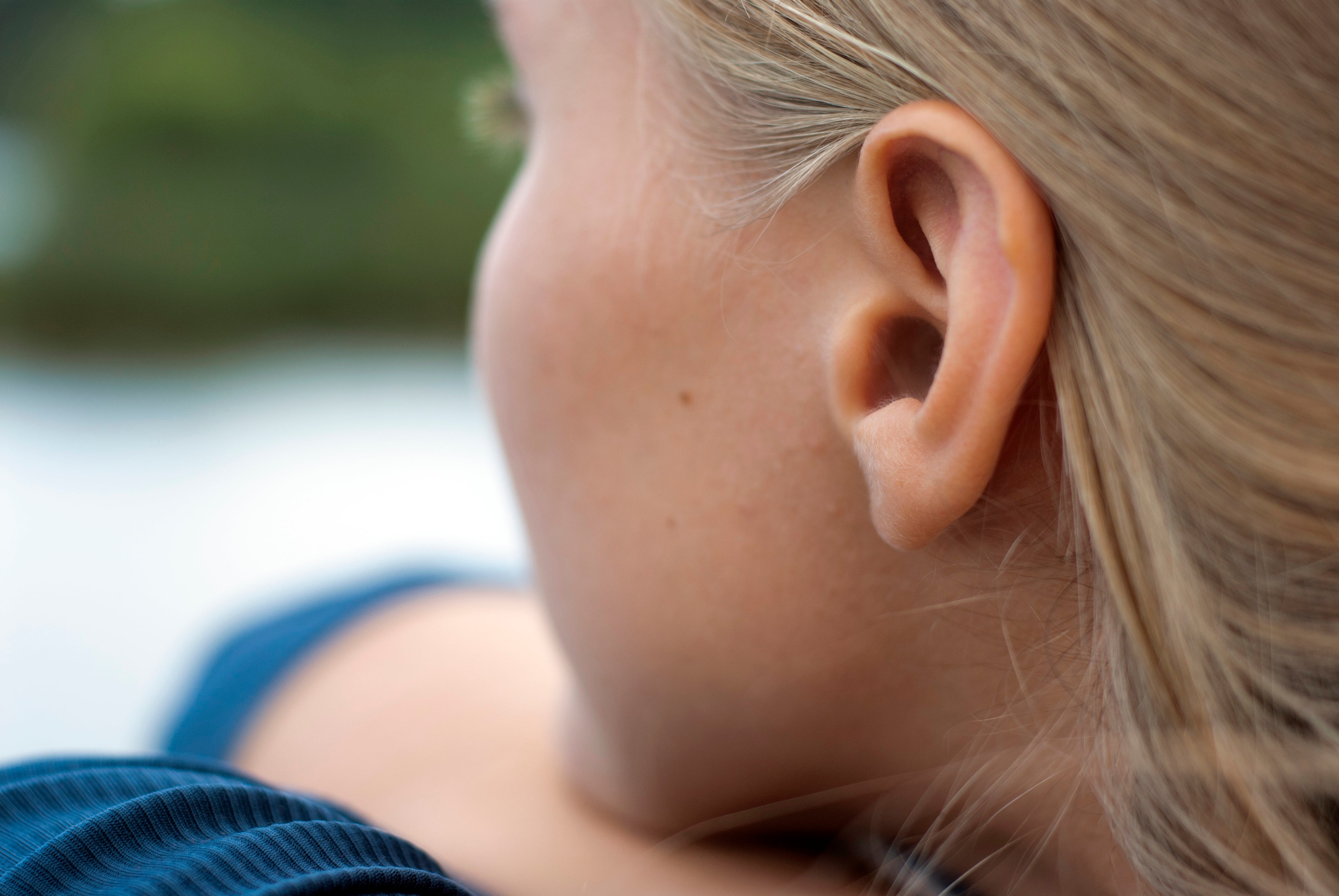From one ear being lower than the other to what bones are like inside
We explore some of the curious questions that science can answer

Is one ear normally lower than the other?
It’s quite common for parts of our bodies to be unequal in size, shape and balance. Feet, for example, are often different sizes. Ears are no more likely to be uneven (or even) than other parts of the face or body.
Why, if you shut one eye, do you still see in 3D?
You don’t, really, but your brain supplies the missing information, so you get the impression that you are still seeing an image with depth. Depth perception still isn’t fully understood, but our brain can use pictorial clues such as the angle an object forms on our retina.
Other clues include the brightness of the object; if it is brighter, it will usually be nearer, so light and shade can also be important. There are also physiological clues such as when you focus on something close, the shape of the actual lens changes. To check if you are really seeing in 3D when you have one eye shut, try moving your head from side to side, or touching objects at varying distances.
When you exercise, does the blood supply to the brain increase or decrease?
Neither: it stays the same. The average heart pumps five litres of blood around the resting body every minute. Around 750 millilitres of this go to the brain and 600 millilitres to the muscles being used. When you exercise, the heart works harder – shifting a staggering 17 litres around the body. Of this, 14,000 millilitres go to the muscles, but 750 millilitres still go to the brain.
How is the skeleton held together?
The bones that make up the skeleton are held together by a support system consisting of skeletal muscles, ligaments, tendons and cartilage. The skeletal muscles mean we can move whenever we feel like it. Ligaments join one bone to another across a joint – without ligaments, joints would become dislocated very easily. Tendons join muscles to bones across a joint. Some tendons are quite large and can be felt easily: the Achilles tendon at the back of the ankle and the two hamstring tendons at the back of the knee joint are good examples. Cartilage, or gristle, is a smooth, tough and flexible substance that is found in joints such as the knee. It covers the ends of bones at joints to allow smooth movement as the bones move against each other.
What are bones like inside?
Large bones, such as the thigh bone, have a hard, thick, outer layer and a soft middle called the marrow. The cylinder formed by large bones gives them great strength: they can support heavy weights without bending and breaking. Bone needs to be strong to stand up to the stresses of supporting and moving the body. Yet the bone itself is not solid. It forms a microscopic honeycomb that leaves lots of spaces for nerves and blood vessels.
Under a microscope, it is clear there are two basic sorts of bone. Compact bone is dense and heavy, but very strong. It is found in load-bearing areas such as the shafts of the body’s long bones (eg, the main part of the femur, or thigh bone).
The second type of bone is called spongy bone. This has a much more open structure and tends to be lighter than compact bone. Spongy bone is found in growing regions and in large masses of bone such as the head of the femur, which fits into the hip socket.
Join our commenting forum
Join thought-provoking conversations, follow other Independent readers and see their replies
Comments